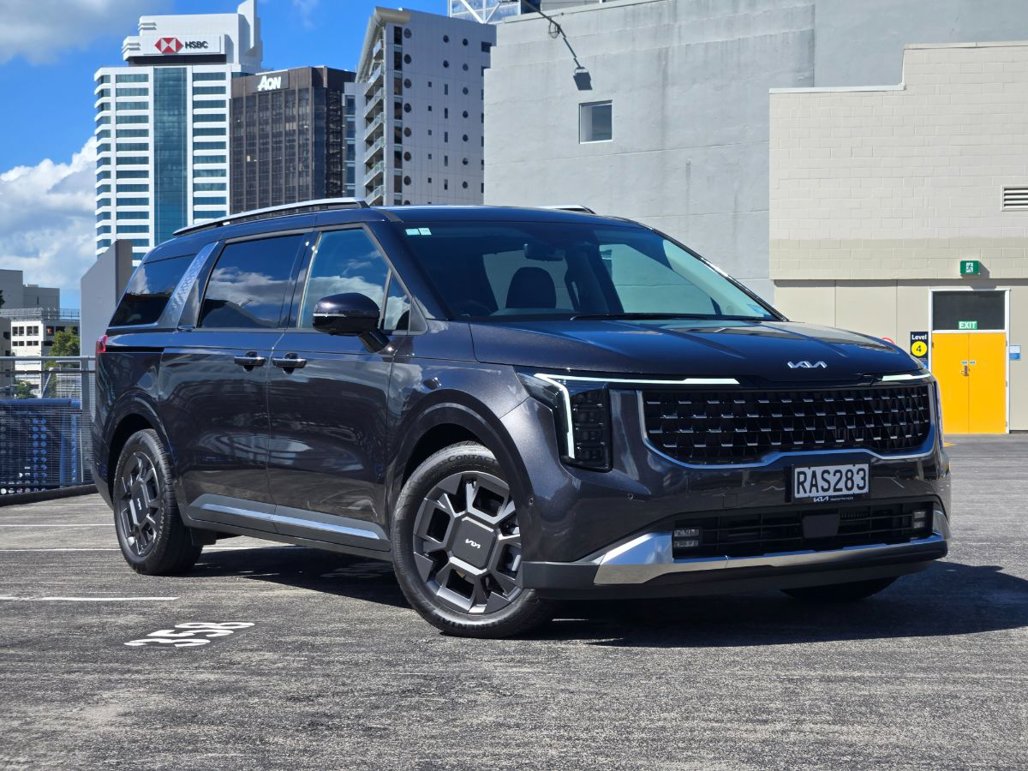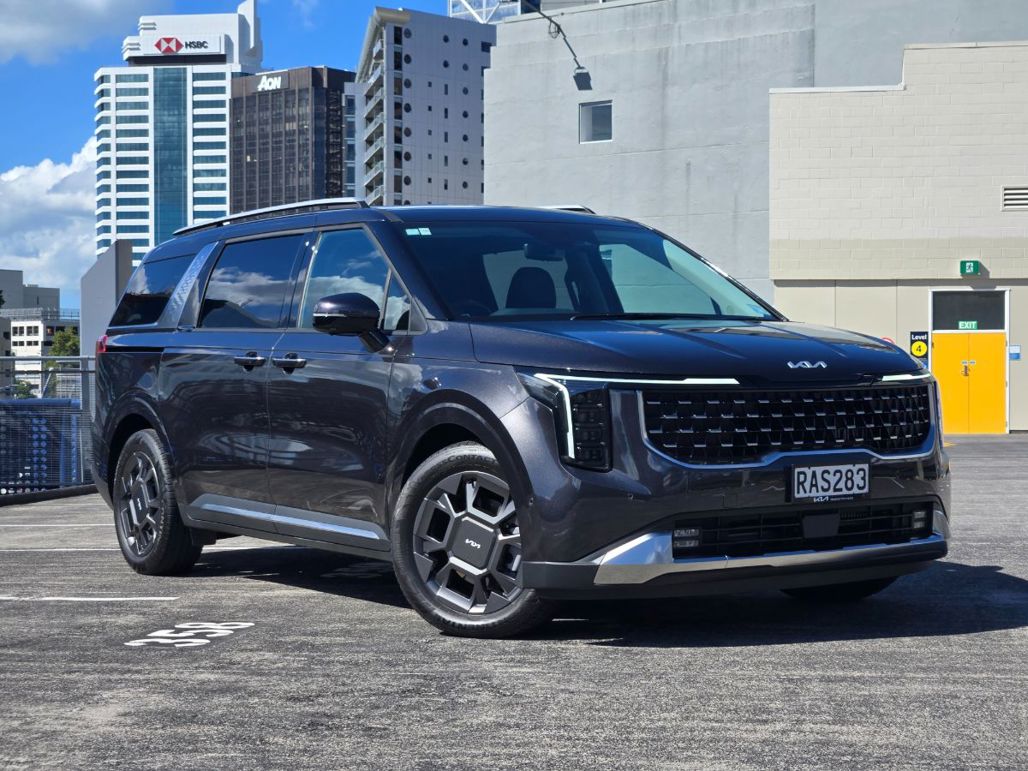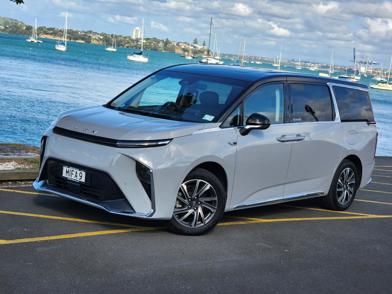Just how deeply unpopular are people-movers (or “minivans” if you watch too much American YouTube content)? Take a look at how many rivals there are for the Kia Carnival in New Zealand.
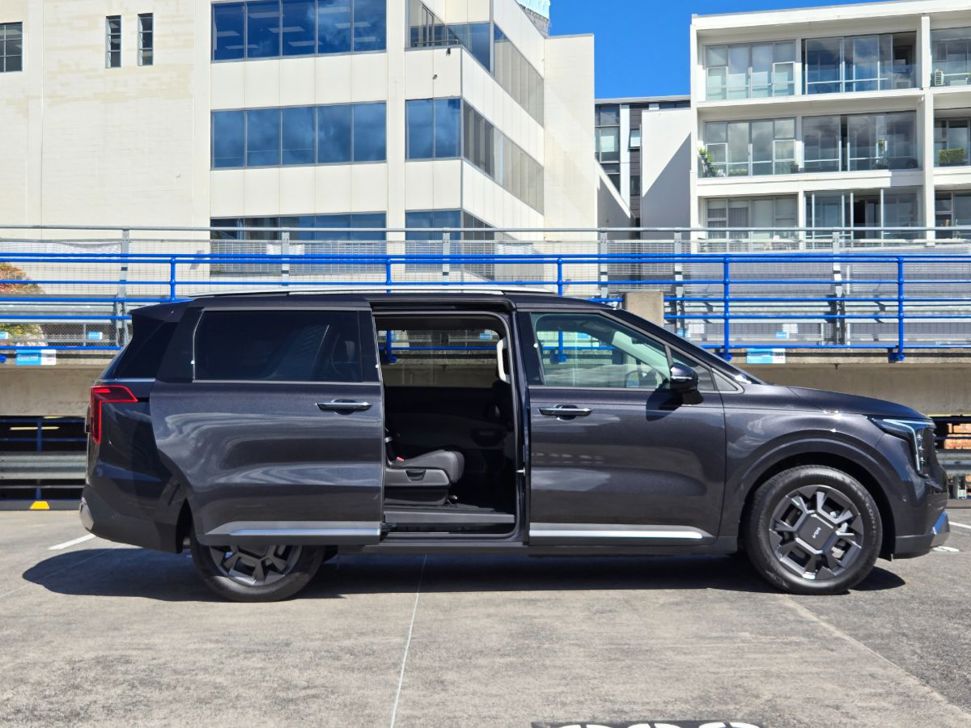
We’re gonna say… none. At least if you consider that the rather brilliant Carnival is based on a proper road-car platform.
The Honda Odyssey has left us. LDV’s Mifa 9 is a potential competitor because it’s quite luxurious, but it’s actually based on a van. Ditto the Hyundai Staria, Mercedes-Benz V-Class in all its forms and the Volkswagen Transporter Multivan.
Weirdly, the closest thing to Carnival is a vehicle you would think was a van but isn’t: the VW T7 Multivan, which is actually based on VW Group’s MQB underpinnings (Golf, Skoda Octavia and so on).
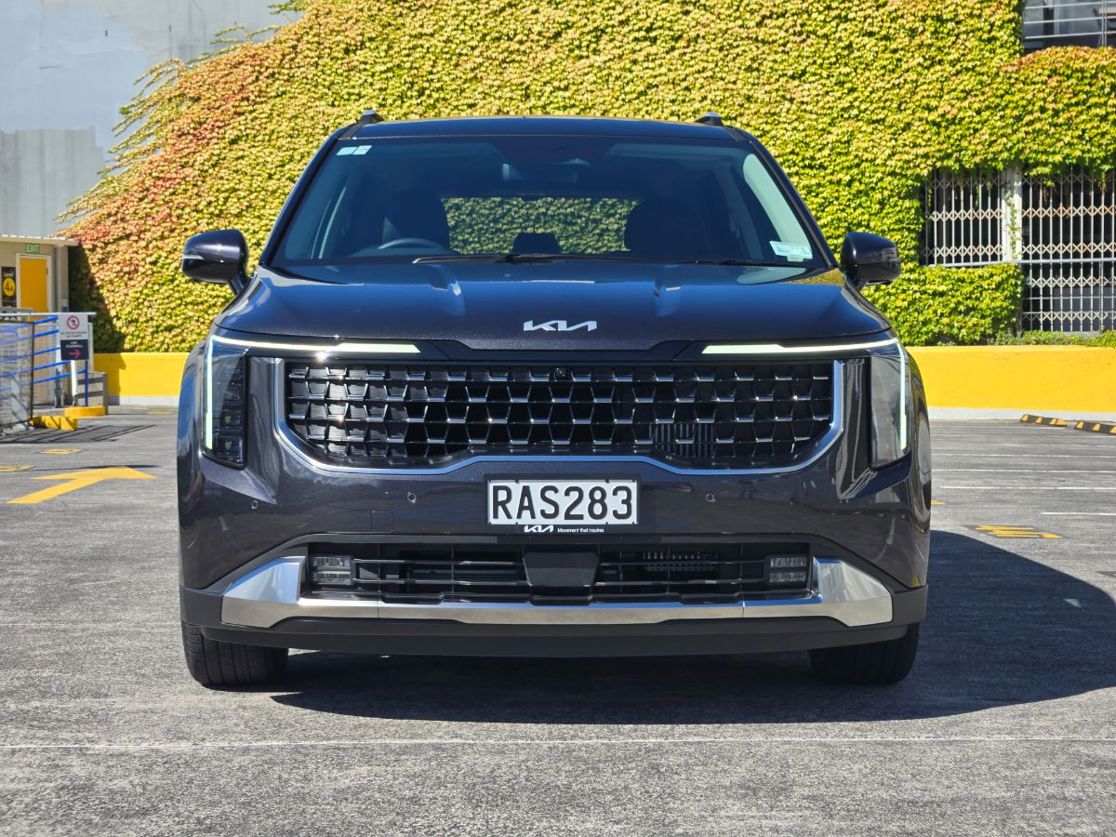
So vehicles of this type aren’t exactly the hottest ticket in town, but Carnival just keeps (people) moving along; 48 sales year-to-date isn’t a huge number, and it's listed by Kia NZ as "restricted availability" with indent orders that "may be possible". But it still claims 57% share of its segment.
How many genuine rivals are there for the Kia Carnival? We're gonna say... none.
It’s traditionally been diesel all the way, but Kia NZ has just added a petrol-electric hybrid to the range. The Carnival Water (the element-themed name aligns it with the brand’s other eco-models) is the new flagship of the range: at $81,990 it represents a $3k jump over the Premium diesel, with a very similar interior specification.
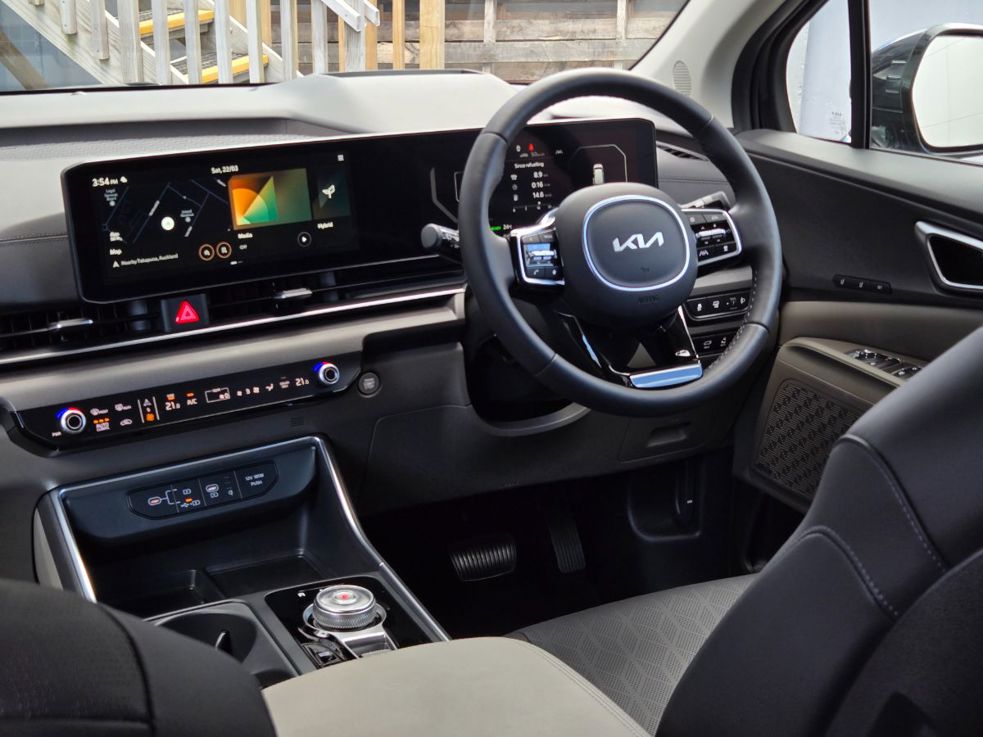
The 1.6-litre hybrid powertrain is familiar from other Kia/Hyundai products already. It’s used in the Kia Sportage (FWD) and Sorento (FWD/AWD), and the latest Santa Fe (AWD). The Carnival sticks with FWD, but if bragging rights are your thing it’s the most powerful of the lot: 180kW/367Nm. Mind you, it is also the largest and heaviest.
Given the Carnival is primarily about occupant comfort, the combination of cushy ride and (sometime) powertrain silence makes this a luxurious way to travel.
It’s a pretty smooth hybrid system. The hybrid battery is quite modest at 1.5kWh, but the powertrain leans very heavily on electric power in urban driving all the same, presumably thanks to some pretty quick regeneration.
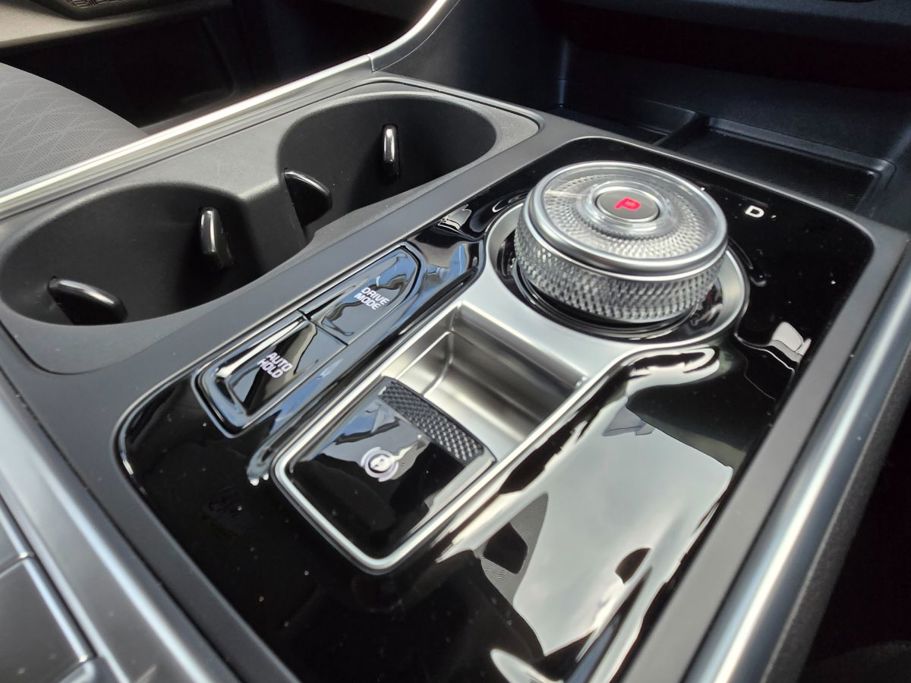
Given the Carnival is primarily about occupant comfort, the combination of cushy ride and (sometime) powertrain silence makes this a pretty luxurious way to travel. The biggest downside is a sticky brake pedal at very low speed, making it hard to slow smoothly. Sorry kids.
Nobody’s suggesting the big Kia is suitable for throwing along your favourite backroad, but for brisk A-to-B driving it’s very capable. Because it’s a big car, not a van with seats.
It’s pretty true to the fuel-economy claims. The official figure of 6.4l/100km seems realistic, given we achieved 6.9l/100km during our week of mixed motoring.
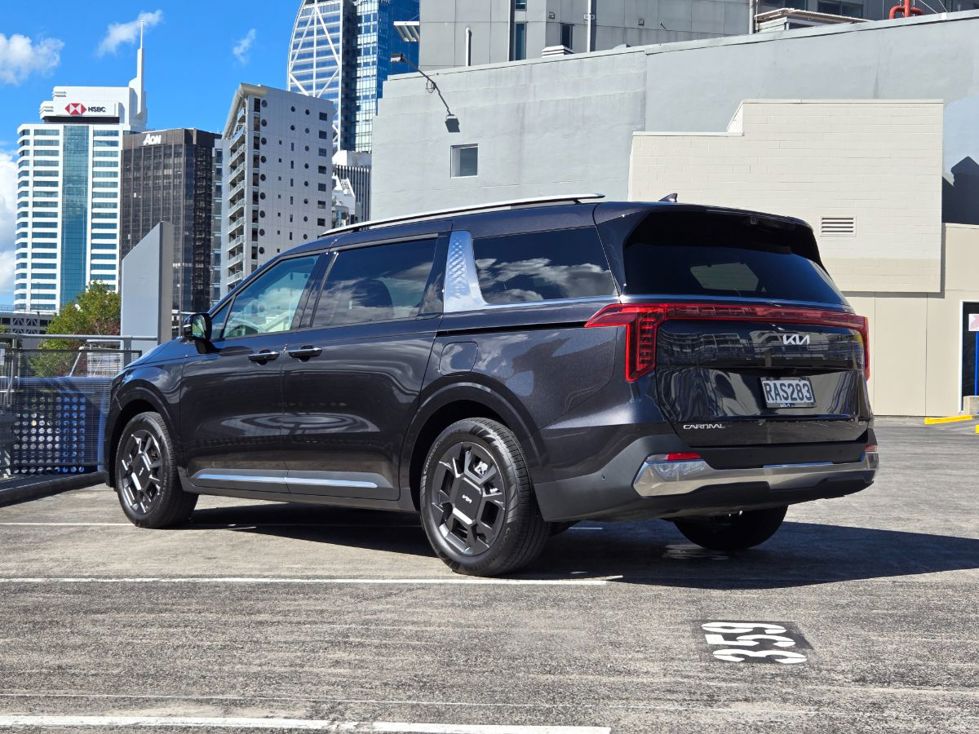
That’s arguably not a wow-number given the hybrid tech and the fact the diesel can do 7.5l/100km, but this is a 2.3-tonne vehicle; and there are benefits in EV-mode refinement to be had, too. So the hybrid is a viable alternative, especially if you’re doing more city driving than open-road.
Nobody’s suggesting the big Kia is suitable for throwing along your favourite backroad, but for brisk A-to-B driving it’s very capable. Because, as previously discussed, it’s a big car, not a van with seats. It’s definitely on par with many large SUVs.
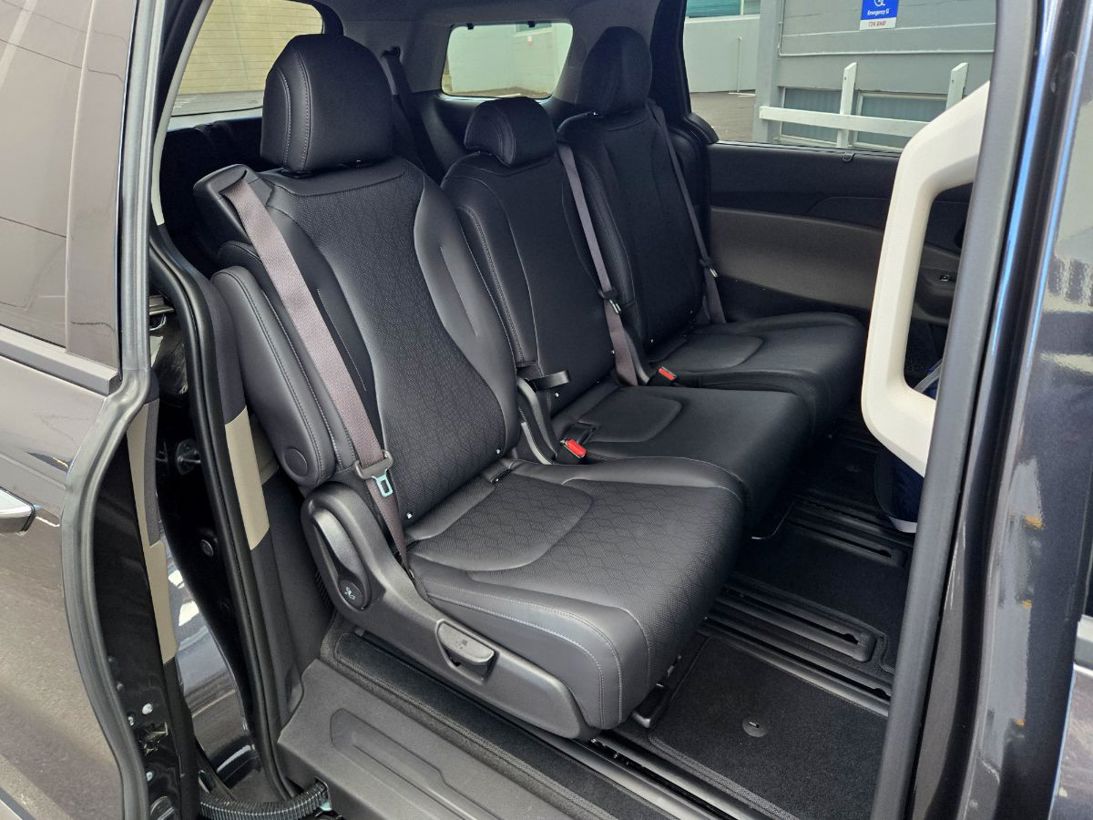
Speaking of seats, the Carnival feels genuinely luxurious inside. Power doors all-round is a Carnival thing across the range, but the Water/Premium have “composite leather” upholstery (which still feels pretty nice), LED lighting and a Bose sound system. It’s power outlets a-go-go, with 3 12-volt plugs, 6 USB chargers (two up front, two in the front seatbacks and 2 for the 3rd row) and a wireless phone charger up front. Although if you’re using phone projection, you’ll still need to plug in.
The dashboard looks quite techy with its dual-screen displays and the Carnival has Kia’s dual-function buttons/touch bar in the centre console: you can switch between the same physical controls for climate or audio.
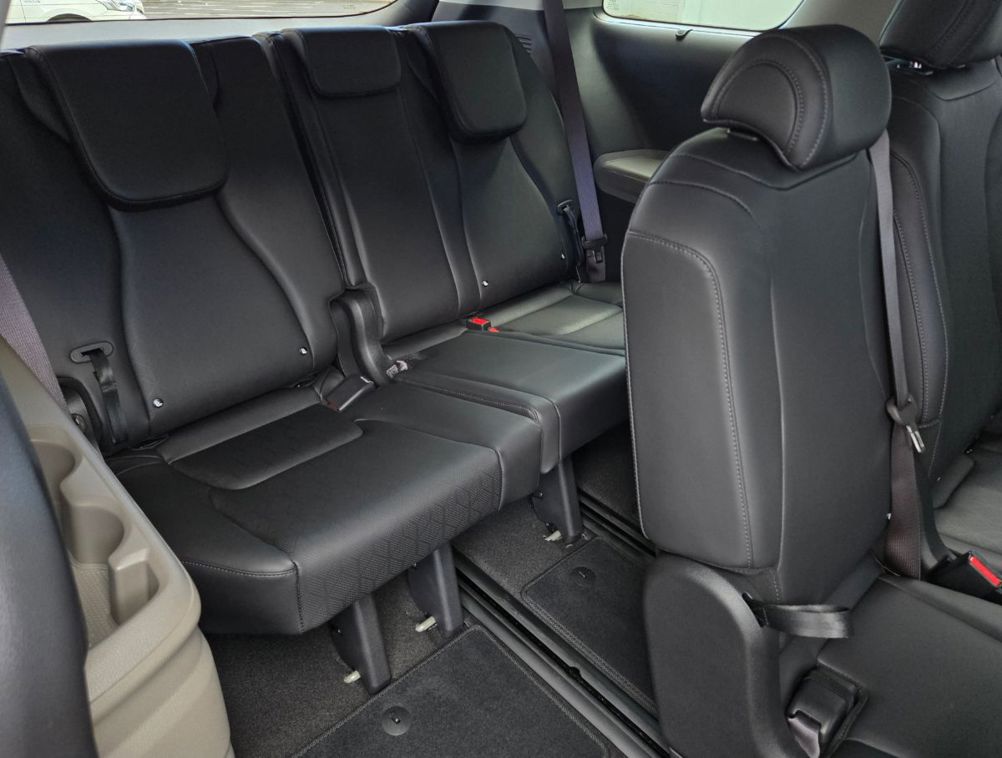
If you really are serious about carrying 6-plus people in comfort (it can actually do 8), the Carnival makes most equivalent SUVs looks ridiculously compromised.
Some of the space comes down to sheer size, of course: the Carnival rides on a near-3.1m wheelbase and is 5.2m long overall.
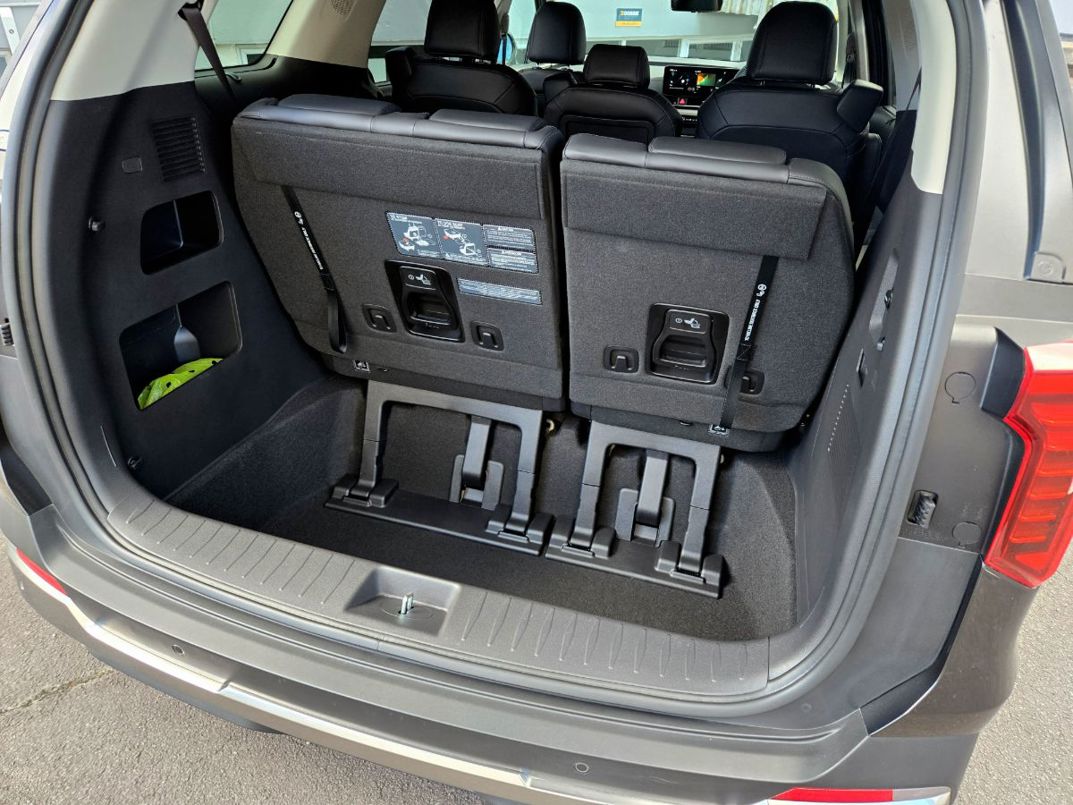
But the packaging is also incredible. Each of the three second-row seats slides and folds individually. The centre section can be folded down to use as a table or removed completely to liberate a walk-through area to the rear (although access to the third row is pretty good anyway).
The second row is positively luxurious in terms of space. And if you’re used to the compromised 3rd-row accommodation of most large SUVs, this will blow you away. It’s not vast, but it is fine for an adult to sit in.
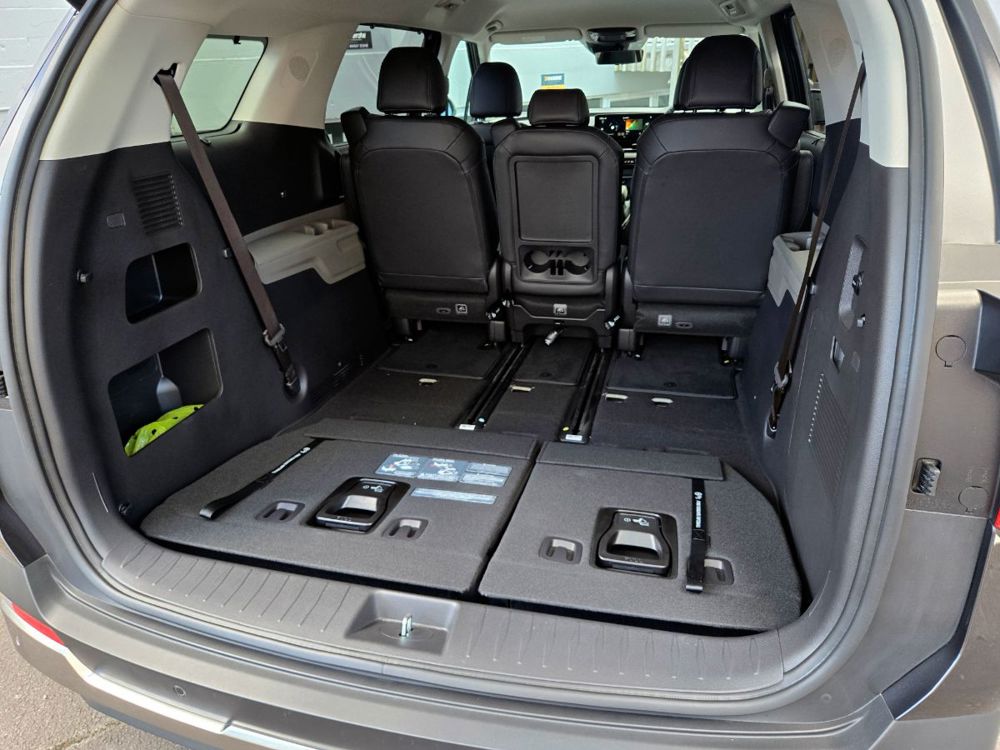
Here’s another way the Carnival has SUVs beat: even with all chairs in use, it offers a massive cargo area thanks to a huge well in the boot (which is where the 3rd-row seats go when they’re folded away): 627 litres. As a two-row vehicle, it’s a wagon with a vast and beautifully flat load area.
This is a stellar performer in so many areas, yet most people who claim to need a large vehicle with 3 rows of seats would still rather drive an SUV with vastly inferior accommodation, simply because it looks a bit more adventurous.
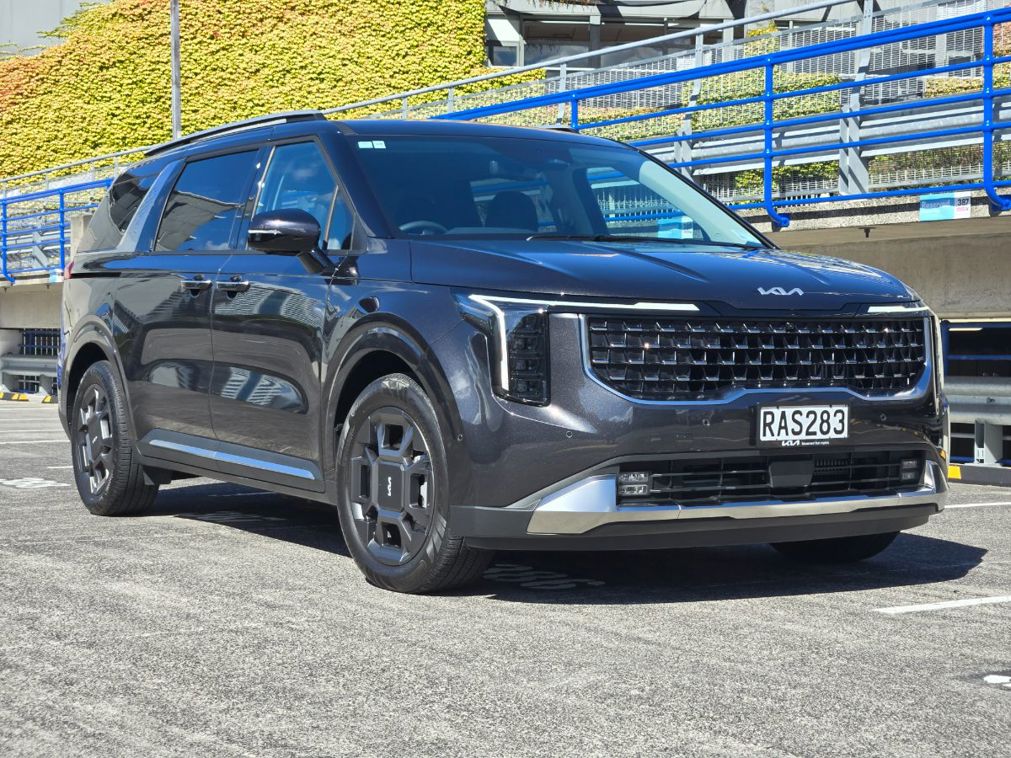
The Carnival hybrid actually rides 10mm higher than the diesel, total ground clearance 175mm. Does that help?
How much is the Kia Carnival Water hybrid?
The Carnival Water hybrid only comes in a top specification: it's the flagship of the range at $81,990 ($3k more than the equivalent Premium diesel).
What are the key statistics for the Kia Carnival Water hybrid?
The 1.6-litre turbo-petrol engine and electric motor make 180kW/367Nm combined. The Carnival is front-drive, with a 6-speed automatic transmission.
Is the Kia Carnival Water hybrid efficient?
It drive a lot on electric power in the city, so the official claim of 6.4l/100km is quite achievable.
Is the Kia Carnival Water hybrid good to drive?
It's built for comfort, not speed, so yes: it's a great way to travel for all on board. And it does actually handle well, because it's based on a car, not van, platform.
Is the Kia Carnival Water hybrid practical?
Is it what! The packaging is fantastic, with flexible seating for up to 8 and a huge 627-litre boot even with all three rows of seats in use.
What do we like about the Kia Carnival Water hybrid?
The extra refinement of the hybrid powertrain, the luxurious and generously equipped cabin, the sheer space and flexibility of the seating and luggage areas.
What don’t we like about the Kia Carnival Water hybrid?
Not hugely more economical than the diesel, not the most elegant-looking thing (although it is kinda cool), sticky brake pedal at low speed, and it only has half the tow rating of the diesel (1 tonne).
What kind of person would the Kia Carnival Water hybrid suit?
Somebody who genuinely needs 3-row seating and understands how much more spacious, luxurious and flexible the Carnival is compared to most large SUVs.

